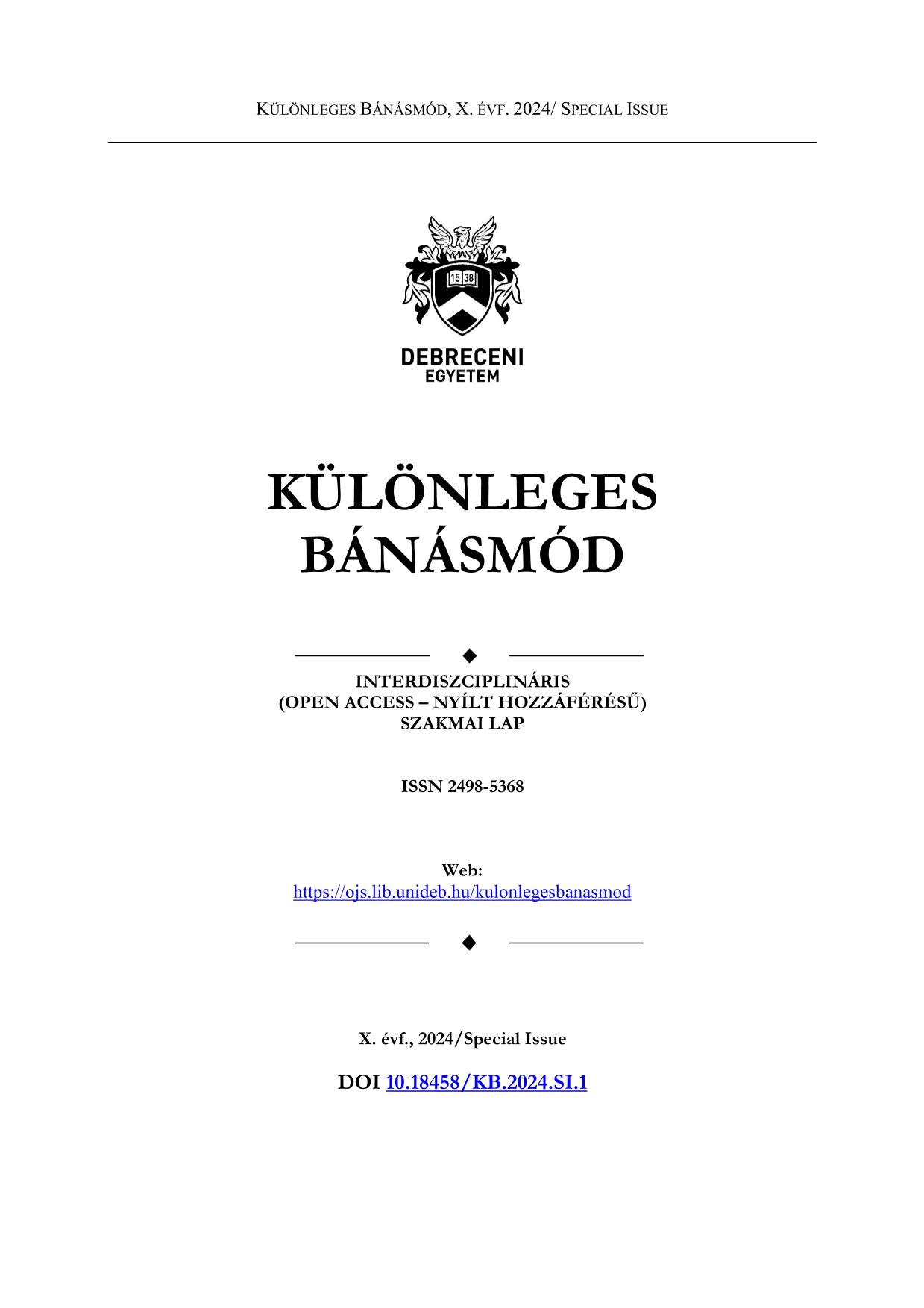Cultural Resistance and Collective Memory: The Impact of Nationalism of the Vargas Dictatorship on Hungarian Heritage in Jaraguá Do Sul - SC
Author
View
Keywords
License
Copyright (c) 2024 Fernanda Lucia Maes

This work is licensed under a Creative Commons Attribution-NonCommercial-NoDerivatives 4.0 International License.
How To Cite
Abstract
This work encompasses an analysis of the dictatorship experienced in Brazil between 1937 and 1945, during the Estado Novo (New State), the government of Getúlio Vargas, when there was an attempt to consolidate a fictitious homogeneity in the country, especially regarding culture. In a country where layers of different cultural influences converge, making it rich, unique, and celebrated for its diversity, cultural heritage is of extreme importance. During this period, in a contradictory manner, through repression and adaptation of culture to fit the interests of the State, the period witnessed censorship and sometimes even the forgetting of cultural heritages that somewhat conflicted with the interests of the regime at the time. The issues that emerge are related to the impact of nationalism in the face of the repression of the expression of different cultures, through documentary research in primary sources, including publications in local newspapers and testimonials from descendants of the local community about the collective memory of the repression of the cultural expression of immigrants in the southern region, finally reaching the feelings generated that resonate to this day. The analysis reached a possible rupture and distortion of the collective memory, indicating how nationalism shaped and still shapes imagined communities. Amidst a discussion that also presents an analysis of the role of nationalist discourses in architecture and its homogenization.


 https://doi.org/10.18458/KB.2024.SI.71
https://doi.org/10.18458/KB.2024.SI.71